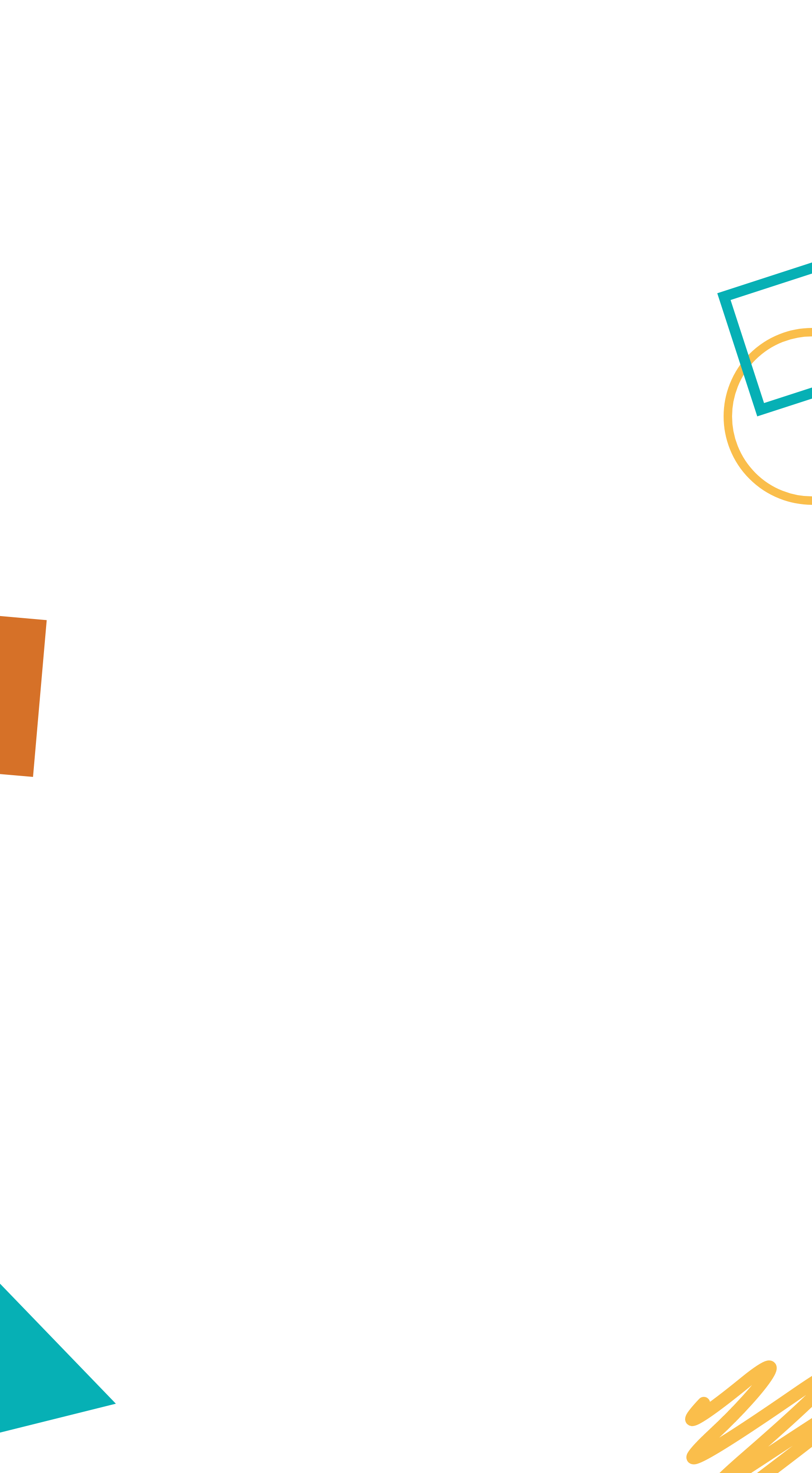Preschool
3-5 Years

Preschool Services
3-5 Years Old
Preschool special education services are available for children ages three to five who have disabilities or developmental delays.
These services are aimed at promoting healthy development in children by supporting their learning, physical development, speech, language, and other developmental areas.
These services are provided to eligible children at no cost to families.
Developmental Milestones
Developmental milestones are specific skills and behaviors most children are expected to achieve by a certain age. These milestones are related to various aspects of child development, such as how children play, learn, speak, act, and move between birth and age 5.
It's important to keep in mind that every child develops at their own pace. However, it's always a good idea to be watchful for any potential developmental delays. Identifying these delays early on can help in getting preschool special education services, which can greatly benefit a child’s overall well-being.
What are Developmental Delays?
Developmental Delay is a term used when children have not reached the developmental milestones expected for their chronological age in one or more of the following areas: cognitive development, physical development (including vision and hearing), communication development, social and emotional development, and adaptive development.
How to Help Identify Developmental Delays.
The checklist presented below can serve as a useful guide for families and support their decision-making. While this checklist is not all-encompassing, it provides some common indicators of developmental delays in children, which can help families determine when further evaluations or screenings may be necessary. Additionally, the CDC offers a useful tool that parents can use to monitor their child’s development. Learn the Signs. Act Early.
It's important to know that signs of delay can vary. Some signs may appear in infancy, while others may only become apparent once a child reaches school age.
Recognizing the Signs of Developmental Delays in Children Ages 3 – 5 years
Please find some of the signs of developmental delays listed below:
Social-Emotional
Child has difficulty:
Calming down within 10 minutes after you leave
Joining other children to play
Interacting with other children
Concerned with others feelings
Expressing emotions appropriately
Language/Communication
Child has difficulty:
Following directions or simple commands i.e. Puts toy away when you say “Put the toy away.”
With speech (being understood)
Understanding what is being said
Communicating their thoughts
Staying on topic during a conversation
Physical
(Including Vision and Hearing)
Child has difficulty:
Holding a pencil with between the finger and thumb (not fist)
Throwing and catching a large ball (most of the time)
Pouring from a small container with little spilling
Buttoning, zipping, or lacing
Running
Cognitive
(Thinking, Learning, Problem-Solving, Memory)
Child has difficulty:
Using simple puzzles
Recalling parts of a story you told them (4yrs. – 5 yrs.)
Naming a few colors (4yrs. – 5yrs.)
Understanding instructions
Counts to 10 (5yrs)
Adaptive
(Self-help, Eating, Dressing, Adjusting to New Situations)
Child has difficulty:
Feeding self with spoon or fork
Washing hands independently
Understanding safety principles
Toileting independently
Avoiding potential dangers
It is important to keep track of children's progress in all areas of development and take action early if concerns arise.

Acting Early Makes a Difference In Preschool
Why Intervene Early?
Preschool special education services can help children meet important developmental milestones. Studies have shown that starting developmental services as early as possible can lead to improved outcomes. This is especially important in the first few years of a child's life, as their brain is rapidly developing and their experiences and interactions greatly impact their behavior, learning ability, and overall health.
Parents and caregivers, if you notice that your child is not meeting a milestone or if you have any concerns about their development, The Journey Intended is here to help. We offer early different services, such as physical therapy, speech therapy and occupational therapy.
Pediatric Therapy Services to Support Your Child's Development
Our team consists of licensed Physical Therapists (PTs) who personalize each treatment plan based on the child's Individualized Family Service Plan (IFSP) or Individualized Education Program (IEP). We use our expertise in movement to incorporate fun developmental play activities to achieve these goals! Additionally, we work closely with families and offer various forms of support to promote health and wellness.
Pediatric Physical Therapy (PT)
Pediatric Physical Therapy aims to facilitate motor development and function in children, improve their strength and endurance, promote independence, and promote their independence so that they can participate in daily activities. This can lead to better learning opportunities and improve their overall health and well-being.
Goals and Benefits:
Our goals include, but are not limited to improving balance, coordination, movement, strength, and endurance in young children. We use targeted exercises and movements that focus on specific muscles to enhance their overall physical abilities designed to help them engage in daily activities with ease.
Speech-Language Pathology (Pediatric) (SLP)
Speech Therapy, also known as Speech-Language Pathology, aims to enhance children's communication skills by developing their speech, language, and cognitive-communication abilities. Cognitive-communication includes attention, memory, and problem-solving skills that are necessary to process information in our brains and communicate effectively with others. Speech therapy also focuses on oral motor treatments such as chewing, swallowing, and feeding.
Goals and Benefits:
Our goals include, but are not limited to, improving healthy communication, fluency, and swallowing abilities in young children.
Pediatric Occupational Therapy (OT)
Pediatric Occupational Therapy aims to improve children's foundational skills and promote their independence so that they can participate in daily activities that are valuable to them. Occupational therapy can help young children who have physical, sensory, or cognitive needs. By receiving this therapy, children can have better learning opportunities and improve their overall health and well-being.
Goals and Benefits:
Our goals include, but are not limited to improving young children's ability to perform daily tasks with ease and achieve greater independence.








